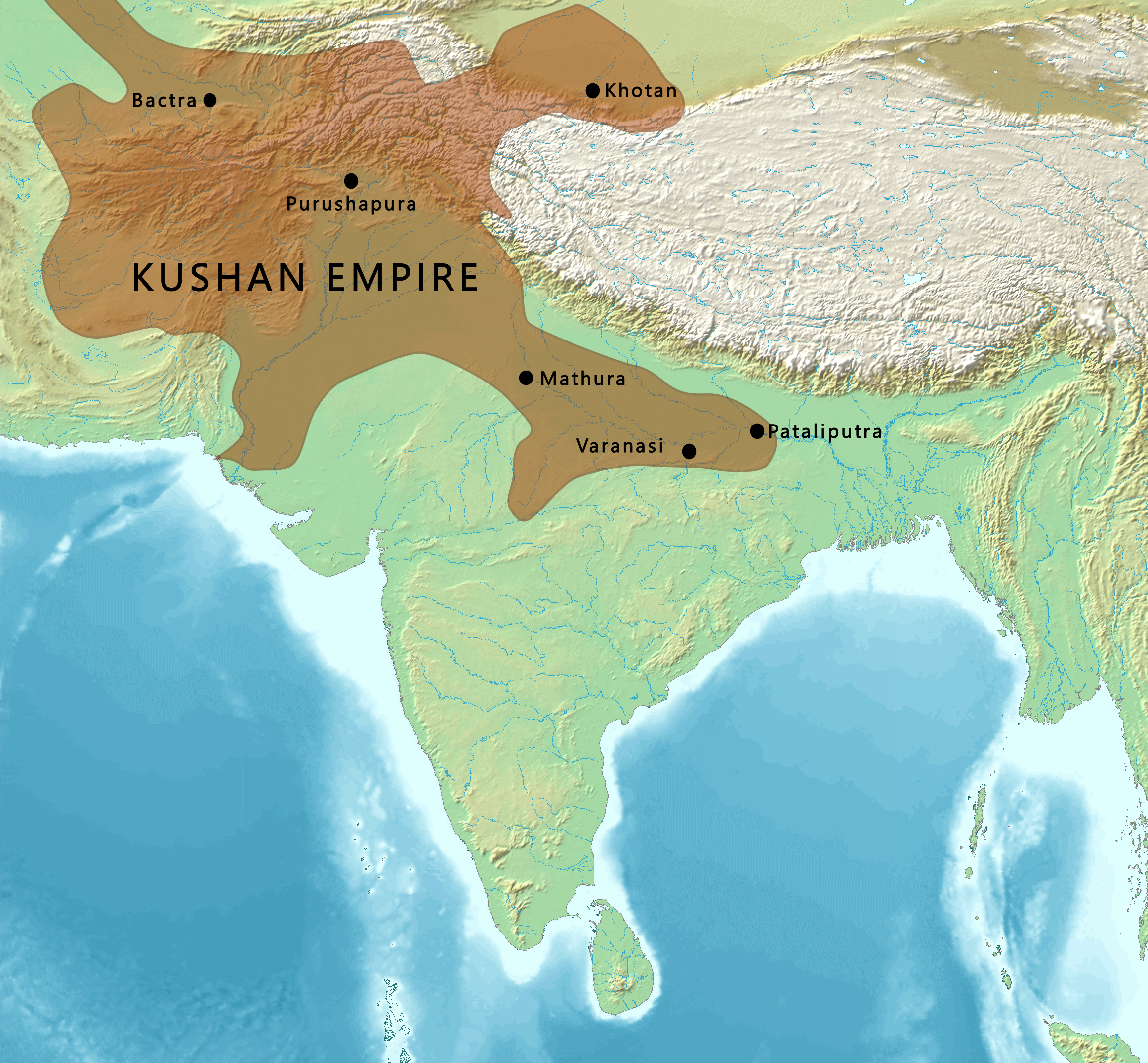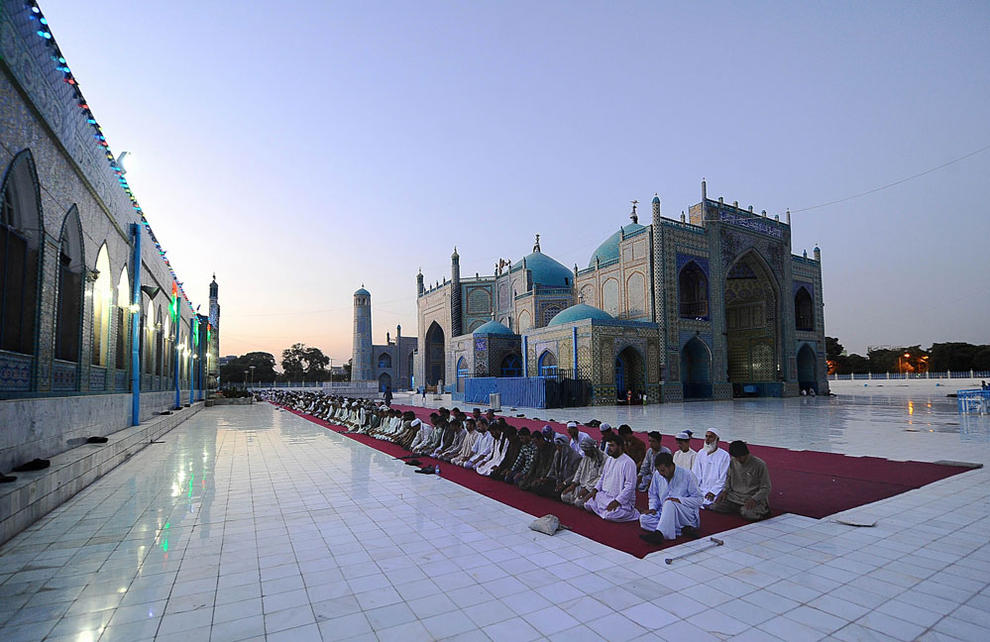|
Asamayi
The Koh-e Asamai ( ''Kōh-e Āsamā'ī'') is a mountain located directly to the west of downtown Kabul, Afghanistan at an elevation of . It is known colloquially as the ''Television Hill'' due to the large TV mast and antennas at its summit. Asamayi is named after its Hindu temple at the foothill, which is an important site of Afghan Hindus and one of the oldest temples in Kabul. The temple was re-located in the foothill from the original location from the Peak of the mountain, which still has a small original temple site. History The mountain is the site of an ancient fort. In December 1879 during the Second Afghan War the Asamai mountains were the site of a prolonged siege and battle where the British forces made up of the 9th Lancers and 5th Punjab Cavalry stormed Afghan tribesmen who had laid up in the fort. The Afghan forces fled and several British soldiers were awarded the Victoria Cross. Geography The hill forms the boundary of Districts 2 and 3 and is opposite th ... [...More Info...] [...Related Items...] OR: [Wikipedia] [Google] [Baidu] |
Deh Mazang
Deh Mazang (), also spelled Demazang or Dih Mazang, is a hillside settlement in west Kabul, Afghanistan, located on the southern side of the Asamayi mountain. It forms part of District 3. Kabul Zoo is located to its south and Chindawol in the old city to its east. Deh Mazang is known for its former major prison A prison, also known as a jail, gaol, penitentiary, detention center, correction center, correctional facility, or remand center, is a facility where Prisoner, people are Imprisonment, imprisoned under the authority of the State (polity), state ... which was made in the 1930s.''Kabul: A History 1773-1948'' by May Schinasi The Deh Mazang Circle is located to its south, which connects the Asamayi Watt, Sevom Aqrab and Darulaman roads. Mazang Khan Hilal was a pottery maker who settled in this area in the early 1700s and created clay pots, cups, and trays. People called it Deh Mazang (Mazang's Village). His family relocated and grew over the decades and was incorporated ... [...More Info...] [...Related Items...] OR: [Wikipedia] [Google] [Baidu] |
Television In Afghanistan
Television broadcasts in Afghanistan started in 1978 ( Hijri Shamsi 1357). As of 2017, there were around 76 local channels operating in the country; the state television channel is Afghanistan National Television. As with other mass media in Afghanistan, television is regulated by the Ministry of Information and Culture. History The conceptual foundation of television in Afghanistan was first elucidated by Dr. Hafiz Sahar, chief editor of the ''Eslah'' national daily newspaper, in his 1967 investigative academic work at New York University. He made a compelling argument and advocated, based on other developing countries experiences, the need for television as an educational tool as well as practical solutions to initial technical problems of bringing television in Afghanistan, such as “Kabul itself is dominated by two high hills that make excellent natural broadcasting towers, thus, simplifying coverage problems”. Technical and financial aid provided by the Japan Intern ... [...More Info...] [...Related Items...] OR: [Wikipedia] [Google] [Baidu] |
Kabul
Kabul is the capital and largest city of Afghanistan. Located in the eastern half of the country, it is also a municipality, forming part of the Kabul Province. The city is divided for administration into #Districts, 22 municipal districts. A 2025 estimate puts the city's population at 7.175 million. In contemporary times, Kabul has served as Afghanistan's political, cultural and economical center. Rapid urbanisation has made it the country's primate city and one of the largest cities in the world. The modern-day city of Kabul is located high in a narrow valley in the Hindu Kush mountain range, and is bounded by the Kabul River. At an elevation of , it is one of the List of capital cities by elevation, highest capital cities in the world. The center of the city contains its old neighborhoods, including the areas of Khashti Bridge, Khabgah, Kahforoshi, Saraji, Chandavel, Shorbazar, Deh-Afghanan and Ghaderdiwane. Kabul is said to be over 3,500 years old, and was mentioned at the ... [...More Info...] [...Related Items...] OR: [Wikipedia] [Google] [Baidu] |
History Of Religion In Afghanistan
Sunni Islam (Hanafi/Deobandi movement, Deobandi) is the largest and the state religion of the Afghanistan, Islamic Emirate of Afghanistan. According to ''The World Factbook'', Sunni Muslims constitute between 84.7 and 89.7% of the population, and Shia Muslims between 10 and 15%. Other religions are followed by 0.3% of the population. In 2022, Freedom House rated Afghanistan's religious freedom as 1 out of 4. History Religious demographics in the region known today as Afghanistan have shifted numerous times in history. In ancient and classical periods, Zoroastrianism, Hinduism, followed by Buddhism were the primary religions in the region. Islam gradually became the primary religion in the region after first being introduced in the 7th century A.D., when the Rashidun Caliphate conquered parts of the region. The religion Zoroastrianism is believed by some to have originated in what is now Afghanistan between 1800 and 800 BCE, as its founder Zoroaster is thought to have lived ... [...More Info...] [...Related Items...] OR: [Wikipedia] [Google] [Baidu] |

